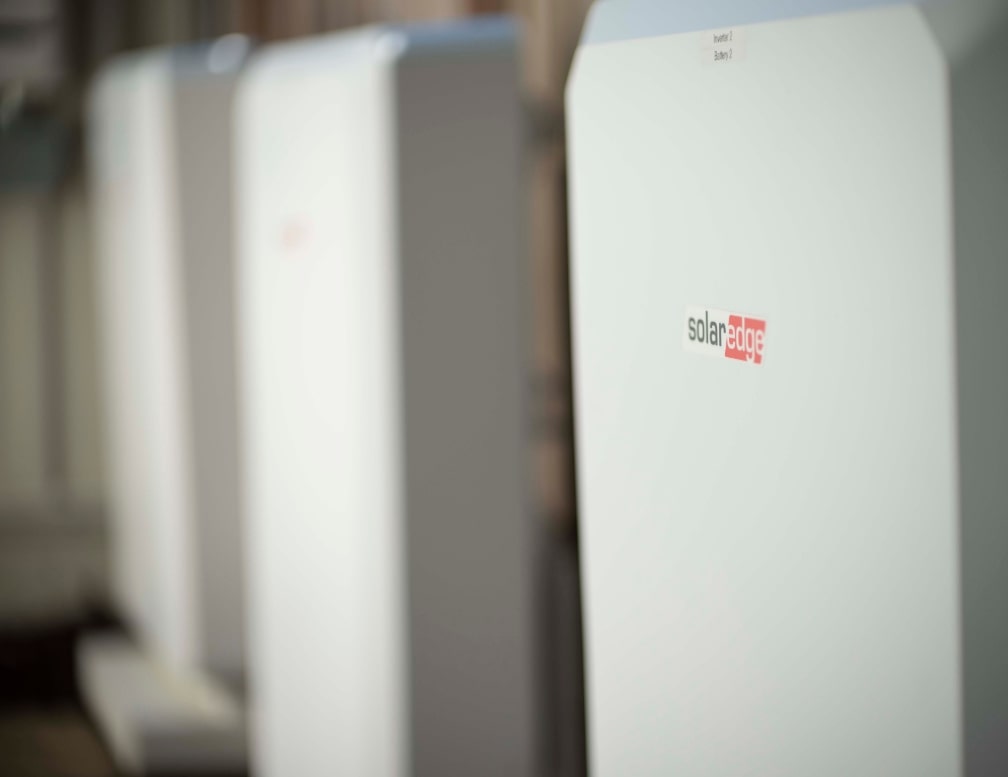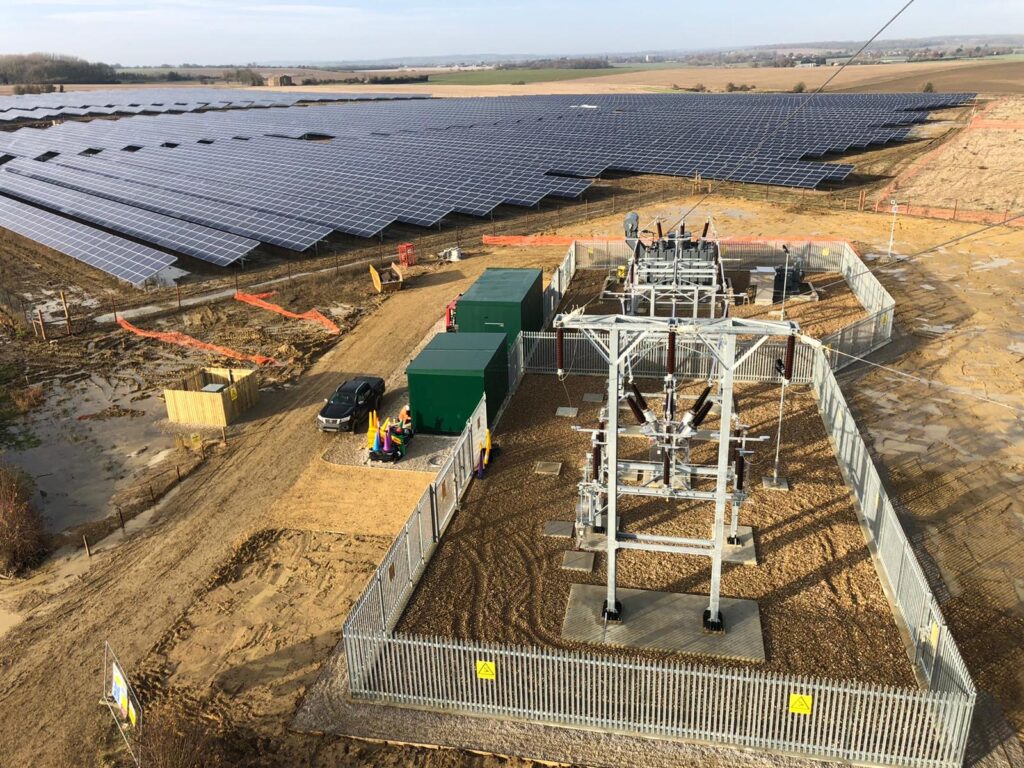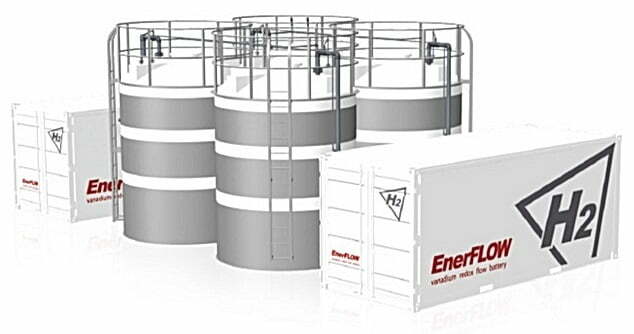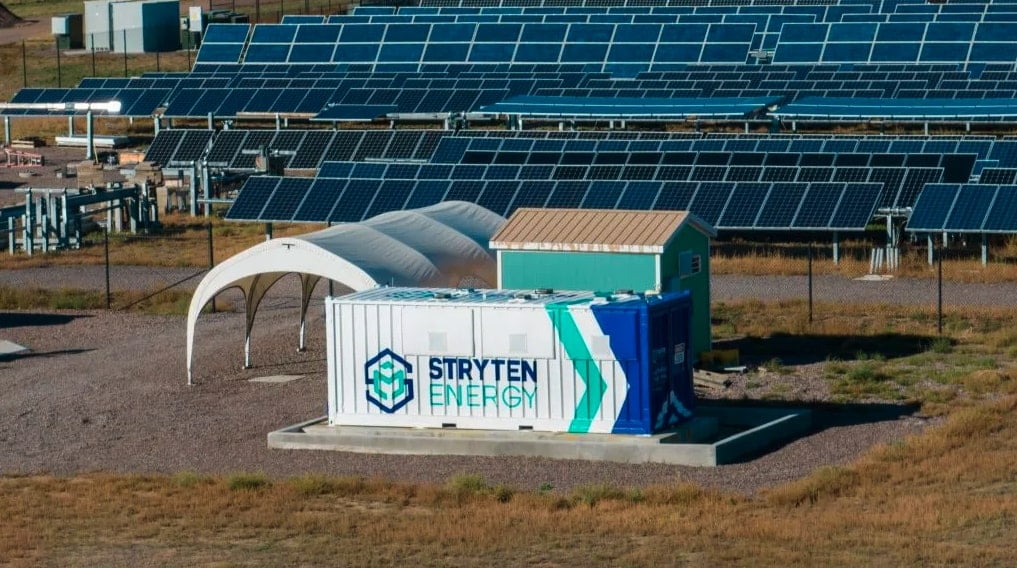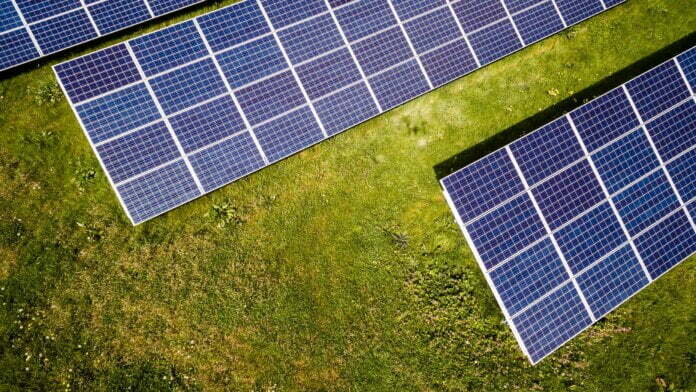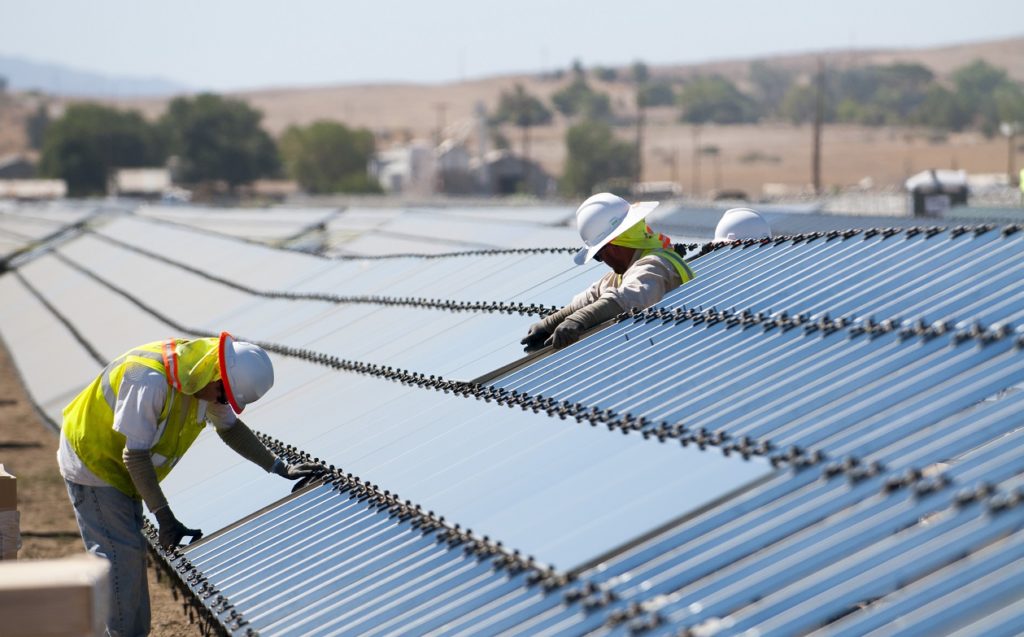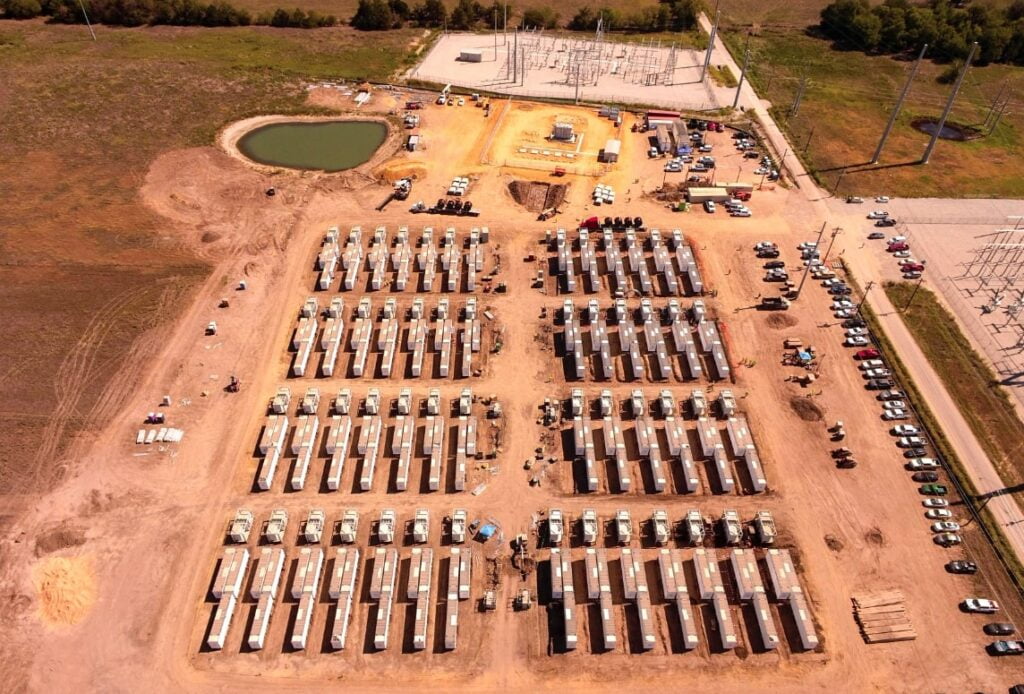The SolarEdge Home Battery. Image: SolarEdge Technologies.
Australia Capital Territory’s residential battery system scheme hits 5,000 deployments target
The Australia Capital Territory (ACT) has closed a residential and commercial & industrial (C&I) battery scheme after it hit its deployment target of 5,000.
The Next Generation Energy Storage (Next Gen) programme was launched in 2016 and has now provided rebates to 5,000 customers for home or business-sited battery systems.
“The ACT Government is proud to have supported over 5,000 homes and businesses to install a battery,” Minister for Energy and Emissions Reduction Shane Rattenbury said.
“The Next Gen programme was launched at a time when energy storage technology was still in its infancy, so the goal of the programme was to stimulate a marketplace where Canberrans could access batteries more easily and more affordably.”
He added that ACT, which mainly houses the capital Canberra, now has one of the highest domestic battery densities sin the world.
The programme will no longer accept new rebate applications and current applications will need to have batteries installed by 31 March, 2023, to get the rebate.
The government will however continue to provide financial support through zero-interest loans for potential residential customers and tailored advice and rebates to businesses through respective existing programmes.
It is also providing funding towards grid-scale battery deployments through the Big Canberra Battery project, which will see 250MW deployed through a mix of different sized systems.
Sunnova adds SolarEdge’s home battery to product portfolio
Energy as a Service (EaaS) provider Sunnova Energy International has added SolarEdge Technologies’ Home Battery product to its portfolio for customers in the US.
The expansion of the companies’ existing partnership will enable Sunnova’s network of dealers to offer the SolarEdge Home Battery.
SolarEdge said its Home Battery has a highly efficient DC-coupled design which requires just one power conversion when consuming PV energy compared to three in the case of AC-coupled, and that it provides continuous power enabling usage of the energy for longer periods of time.
The two companies previously partnered with grid operator National Grid in New England, US, back in 2021 to utilise SolarEdge’s existing fleet of solar and storage assets to help improve power quality, including through voltage support.
Schneider Electric unveils residential energy management solution
Schneider Electric, a France-headquartered firm specialising in digital automation and energy management, has unveiled a new product combining home energy devices and attached software controls.
The Schneider Home energy management solution combines a home battery, a solar inverter, a smart electrical panel, EV charger and connected electric sockets and light switches, all of which can be controlled through its Schneider Home app.
The company said the solution intelligently orchestrates home energy and offers ‘unparalleled intelligence to homeowners’.
It unveiled the product at the Consumer Electronics Show (CES) in Las Vegas, Nevada, US.
The listed company has made small inroads into the energy storage market through, most recently, participating in a vehicle-to-load project in California as well as investing in distributed energy resource (DER) technology company Autogrid.
Energy-Storage.news’ publisher Solar Media will host the 5th Energy Storage Summit USA, 28-29 March 2023 in Austin, Texas. Featuring a packed programme of panels, presentations and fireside chats from industry leaders focusing on accelerating the market for energy storage across the country. For more information, go to the website.
A few months later, Solar Media will then host the 1st Energy Storage Summit Asia, 11-12 July 2023 in Singapore. The event will help give clarity on this nascent, yet quickly growing market, bringing together a community of credible independent generators, policymakers, banks, funds, off-takers and technology providers. For more information, go to the website.
Continue reading

